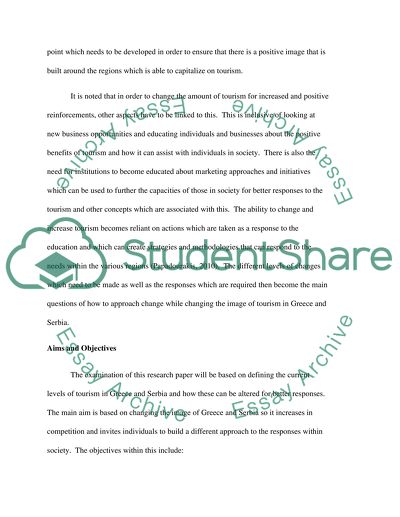Cite this document
(“Increasing Tourism in Greece and Serbia: Examining Prospects for Research Paper”, n.d.)
Retrieved de https://studentshare.org/tourism/1390393-increasing-tourism-in-greece-and-serbia-examining-prospects-for-future-travel
Retrieved de https://studentshare.org/tourism/1390393-increasing-tourism-in-greece-and-serbia-examining-prospects-for-future-travel
(Increasing Tourism in Greece and Serbia: Examining Prospects for Research Paper)
https://studentshare.org/tourism/1390393-increasing-tourism-in-greece-and-serbia-examining-prospects-for-future-travel.
https://studentshare.org/tourism/1390393-increasing-tourism-in-greece-and-serbia-examining-prospects-for-future-travel.
“Increasing Tourism in Greece and Serbia: Examining Prospects for Research Paper”, n.d. https://studentshare.org/tourism/1390393-increasing-tourism-in-greece-and-serbia-examining-prospects-for-future-travel.


